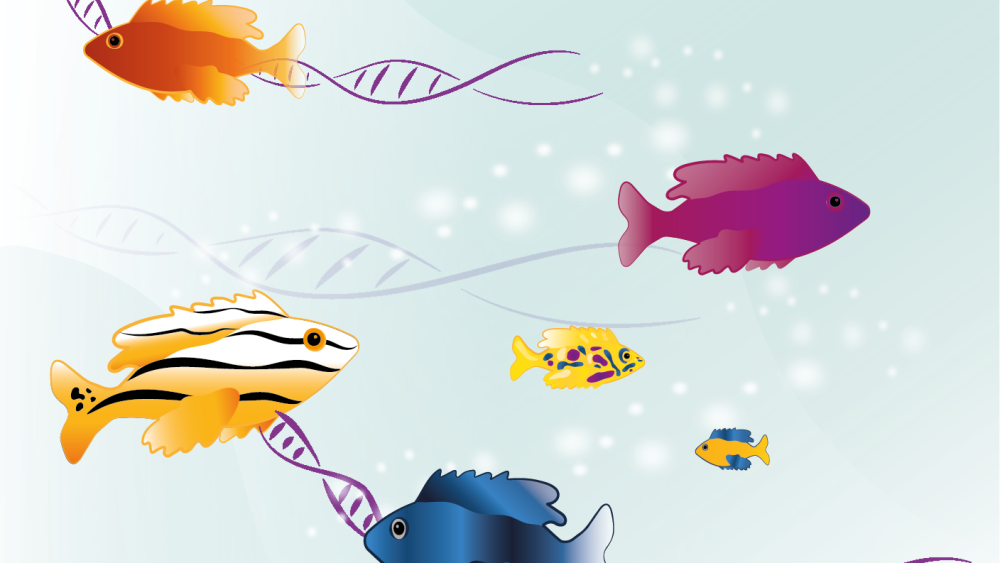Nestled between the countries of Malawi, Mozambique, and Tanzania, lies a long, thin, and deep Lake Malawi, also known as Lake Nyasa or Lago Niassa. Despite its status as a natural wonder, the shimmering waters of Lake Malawi serve a vital earthly function – sustaining the livelihoods of countless local fishermen and their families. For generations, these fishermen have practiced their craft on traditional wooden boats, using techniques passed down from their fathers and grandfathers. Little could they have imagined that their daily routines would play a crucial role in a scientific article.
What truly sets Lake Malawi apart is its astonishing biodiversity, harbouring around 15% of all freshwater fish species on Earth. Interestingly, the lake is a home to more than 800 species found only in this specific space (scientifically called “endemic”), all descending from a common ancestor that lived there 800 years ago. One might immediately assume their genomes are vastly different, but that’s a near shot. There is basically no difference. So where is the rub? That’s what caught the interest of a group of scientists from the UK. From awakened curiosity to experiments, just one step…
As we read in the “Methods” section of the original article “All cichlid specimens were bought dead from local fisherman…”. Armed with curiosity (and fish samples straight from Africa), scientists decided to unravel the mysteries of Lake Malawi’s inhabitants.
On the researchers’ table lay a diverse array of specimens, each representing a distinct ecological niche and dietary preferences. Among them were the livers and muscles of six different species: the pelagic piscivore, Rhamphochromis longiceps, the deep-water pelagic carnivore, Diplotaxodon limnothrissa, two rock-dwelling algae eaters, Maylandia zebra and Petrotilapia genalutea, the benthic invertebrate-eating sand and rock-dweller, Aulonocara stuartgranti, and the inhabitant of rivers and lake margins, Astatotilapia calliptera. Upon closer look at DNA, scientists pinpointed a potential culprit – DNA methylation. More just than a decorative motif, this reversible modification of DNA, when present at sites of transcription initiation, modulates expression of genes. Such methylation effectively turns off genes, making them no longer active inside a cell. The most prominent differences between investigated fish from Malawi Lake were observed in the methylations of liver-specific genes that encode proteins involved in metabolism of specific dietary components. Further investigation led scientists to discovery of another significant disparity, common across multiple tissues within one species. Researchers hypothesised that the lack of methylation in genes important for eye development, leading to larger eye size of Diplotaxodon limnothrissa,represents an evolutionary adaptation to life in the deepest, darkest depths of the lake. Altogether, this study highlights DNA methylation as an evolutionary trick to adapt to various environments.
Having had the pleasure of listening to the leader of the above-mentioned group of scientists at a recent conference, I can attest to the fact that the pursuit of scientific discoveries frequently leads researchers to breathtaking locations to personally collect specimens. As readers, all we can do is eagerly await the fruits of their labour. So, stay tuned, there is surely much more to come from the depths of Lake Malawi.
References:
Vernaz, G., Malinsky, M., Svardal, H., Du, M., Tyers, A.M., Santos, M.E., Durbin, R., Genner, M.J., Turner, G.F., and Miska, E.A. (2021). Mapping epigenetic divergence in the massive radiation of Lake Malawi cichlid fishes. Nat Commun 12, 5870. 10.1038/s41467-021-26166-2.

